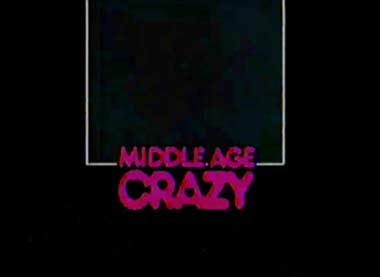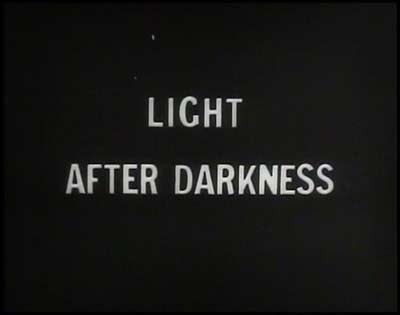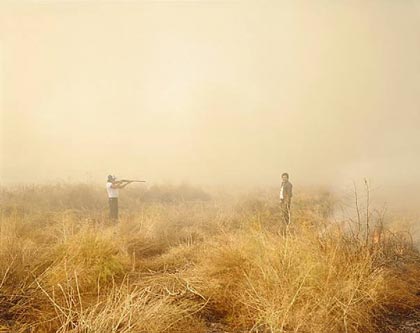‘In this world there are only two tragedies. One is not getting what one wants, and the other is getting it.’ –Oscar Wilde
Blue whales can weigh over a thousand times more than a human being. That’s a lot of extra cells, and as those cells grow and divide, there’s a small chance that each one will mutate. A mutation can be harmless, or it can be the first step towards cancer. As the descendants of a precancerous cell continue to divide, they run a risk of taking a further step towards a full-blown tumor. To some extent, cancer is a lottery, and a 100-foot blue whale has a lot more tickets than we do.
Aleah Caulin of the University of Pennsylvania and Carlo Maley of the University of California, San Francisco, have done some calculations of the risk of cancer for blue whales thanks to their huge size. We don’t know a lot about cancer in blue whales, because blue whale oncology wards would be a wee bit awkward for everyone involved. So Caulin and Maley extrapolated up from humans.
About thirty percent of all people will get cancer by the end of their life. (…)
Blue whales do get cancer, but it’s hard to believe that they get it at the rates that come out of Caulin and Maley’s calculations. Blue whales are known to live well over a century. Bowhead whales have reached at least 211 years. If blue whales really did get cancer as fast as the models would suggest, they ought to be extinct.
The failure of the model means that blue whales must have some secrets for fighting cancer. (…)
The mere existence of whales is the most glaring example of what biologists call Peto’s Paradox. There seems to be no correlation between body size and cancer rates among animal species. We run a thirty percent risk of getting cancer over our life time. So do mice, despite the fact that they’re 1000 times smaller than we are.





















